The Logic Behind Land Rolling
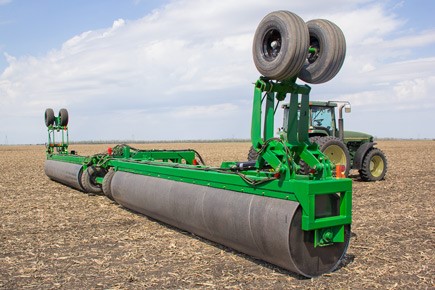
Rocks, root balls and other solid objects can cause expensive damage and wear to combines when harvesting low-to-the-ground crops. That’s why we recommend using a land roller soon after planting. It pushes those objects into the ground, so they aren’t picked up later by the combine header.
Land rollers also firm the soil (without compacting it) to maximize seed-to-soil contact. In our side-by-side field tests, we’ve found that land rolling results in quicker emergence and increased yields of one to two bushels per acre in soybeans. Additionally, land rollers can be used in the fall after harvest to fracture tough residue.
Coil packers are similar to land rollers, but they deliver less pressure to the ground, and the coils also provide light tillage action by sizing dirt clods. These products leave a herringbone pattern in the soil, compared with the smooth finish produced by standard land rollers.
Land Rolling Products:
Coil Packer
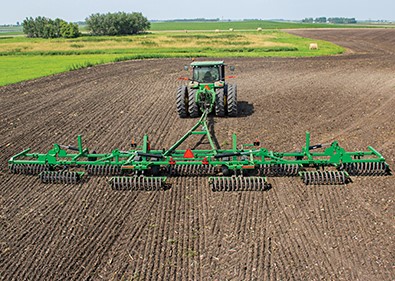 This tool uses coils to firm the soil and provide light tillage action. It leaves a herringbone pattern on the soil surface to reduce erosion concerns.
This tool uses coils to firm the soil and provide light tillage action. It leaves a herringbone pattern on the soil surface to reduce erosion concerns.
Hydraulic Fold SuperRoller
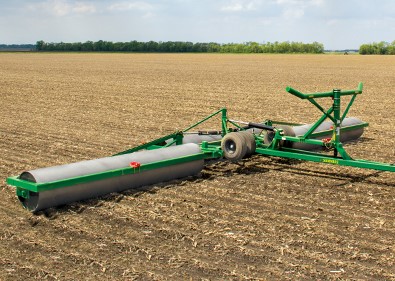 Land rollers can be used for managing rocks, increasing seed-to-soil contact or breaking down residue. Hydraulic folding models allow convenient folding and unfolding of the sections from the tractor cab.
Land rollers can be used for managing rocks, increasing seed-to-soil contact or breaking down residue. Hydraulic folding models allow convenient folding and unfolding of the sections from the tractor cab.
Trail Type SuperRoller
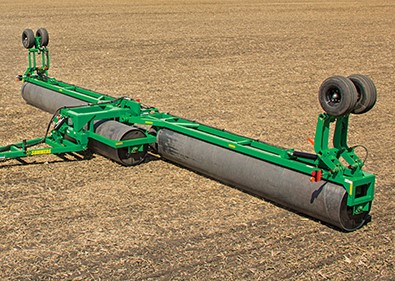 Land rollers can be used for managing rocks, increasing seed-to-soil contact or breaking down residue. Trail type models require the operator to back up the tractor to unfold the sections.
Land rollers can be used for managing rocks, increasing seed-to-soil contact or breaking down residue. Trail type models require the operator to back up the tractor to unfold the sections.






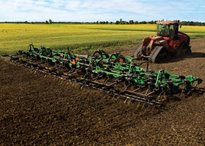
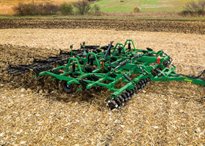
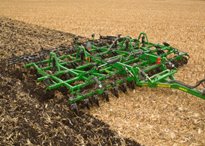
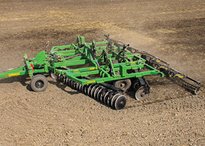
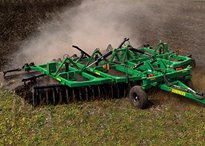
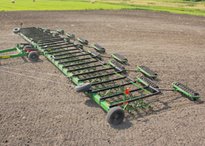
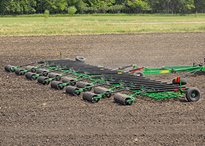
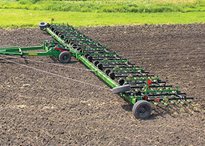
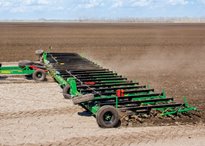
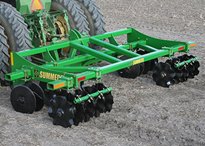
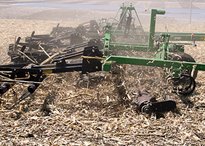
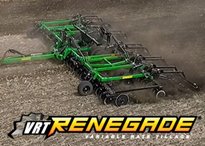
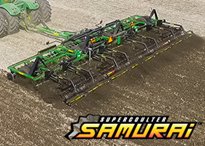

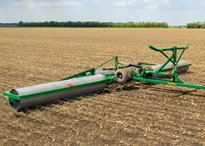
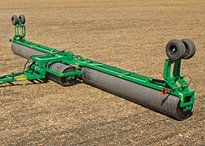
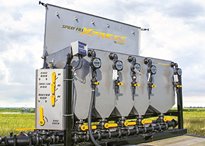


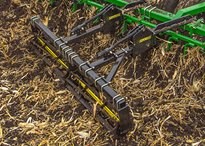
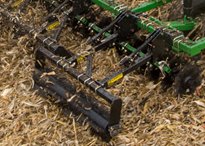
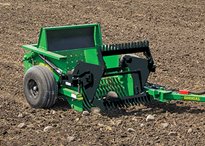
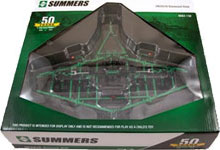 Hats, Diecast Models, Gloves and More!
Hats, Diecast Models, Gloves and More!
 Overview
Overview
